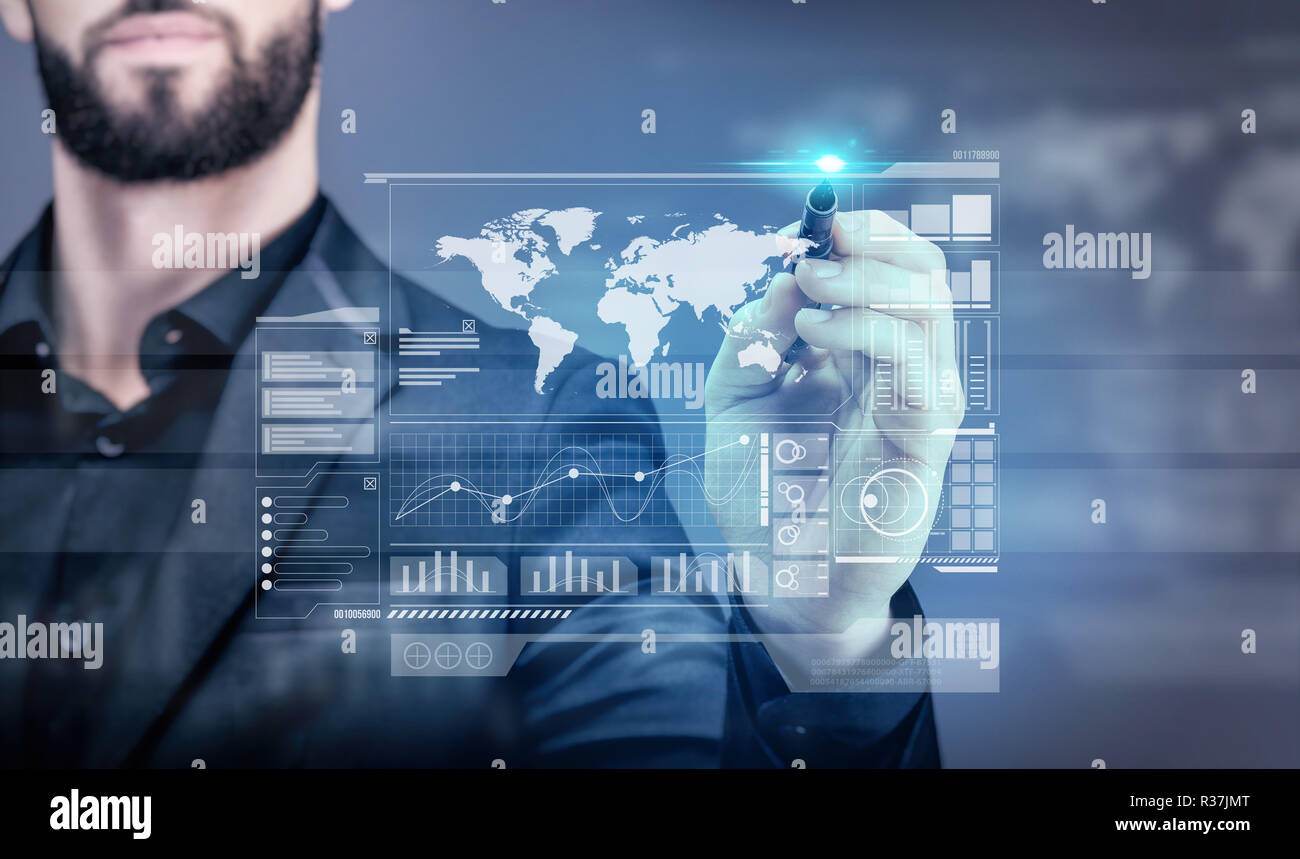
If you think long term about building a “unified” data platform that can address the requirements of your IT / OT datasets, it will put you on the right path. There are many data concepts being discussed in the context of Digital Twins. Understanding how data flows and streams within your organizations, the synchronicity of the data coming from different systems, and “where” your data lives are all fundamental. It is critical to plan for and understand what is needed to manage, move, process, integrate, store and protect the data that enables your Digital Twin. Leaning into the likes of the industry consortia, such as the Digital Twin Consortium, is key to begin “connecting the dots” on these solutions.ĭata is absolutely the most important element across all these emerging trends. Knowing the role of integration platforms, APIs and open source solutions are very important. Over time a Digital Twin can and probably will become a “system of systems.” A fundamental of Digital Twin is that it will address the long running issues with technology silos and “shadow IT” that have become the bugbear of many organizations. Realistically, multiple IT and OT systems will need to be able to “interconnect” and communicate. Hence, the role of APIs (Application Programming Interface) are critical. If we have historical data from our HPC solutions and real time data from the edge, they will typically exist in very different IT architectures, applications and solution stacks. The time for edge computing is now – solutions architectures for edge will be the key to unlocking IoT and in turn – being an enabler for Digital Twin.Īnother key element of a Digital Twin is the ability to interface systems. For many organizations deploying IoT and edge computing solutions, as well as combining IT / OT people and processes, the integration has not been straightforward however, there is a trend today toward distributed compute architectures that will support the demand for data activities like AI and normalization nearer the point of data creation – or the edge. Leveraging real time data can allow true “what if” scenario planning and process refinement within a Digital Twin. By then combining data from IoT with historical datasets or simulation data, it can deliver the ultimate viewpoint on how physical environments/assets/processes are performing. The real value in IoT, from a technical perspective, is that it can provide a great deal of data, in (near) real time, to IT systems at the edge that can then deliver insights and outcomes. That said, let’s segue to the Internet of Things (IoT) and edge computing.

A fundamental point here is that having a simulation or HPC capability alone will not deliver a Digital Twin, in order to do that, organizations must combine it with real time data.

If an organization uses HPC platforms and simulation modelling, there will already be a strong understanding and baseline capacity on which to build. In the manufacturing vertical, many companies are putting their mature capabilities for simulation and/or high-performance computing at the heart of efforts to build Digital Twins for both operational environments and product development. Having a capability around CAD or CAE can provide a solid foundation.

The most recognized and arguably the most important element of a Digital Twin is a capacity for simulation or modelling. Some of these you may already have within your organization, and for others it is time to start planning for their implementation. The Digital Twin Consortium, the industry standard body of which Dell Technologies is a founding member, defines a Digital Twin as “ a virtual representation of real-world entities and processes, synchronized at a specified frequency and fidelity.” The purpose of this blog is to introduce many of the key technology enablers for Digital Twin.

Others, such as IoT or Edge Computing, are newer and continue to gain traction within organizations. Some of these technologies, such as HPC, have been around a very long time. During this effort, we continue to build on the understanding that Digital Twin is not a “singular” emerging technology but rather a convergence of multiple solutions that create business outcomes and value. One of the key emerging technology spaces in which we are engaging with customers is the area of “Digital Twin.” At Dell Technologies, we have developed strategy, standards and solution architectures to enable customers and partners to deploy solutions that deliver digital twin capabilities within organizations. Energy, Climate Action & Sustainability.APEX Cloud Platform for Red Hat OpenShift.APEX Cloud Platform for Microsoft Azure.APEX Data Storage Services Backup Target.


 0 kommentar(er)
0 kommentar(er)
